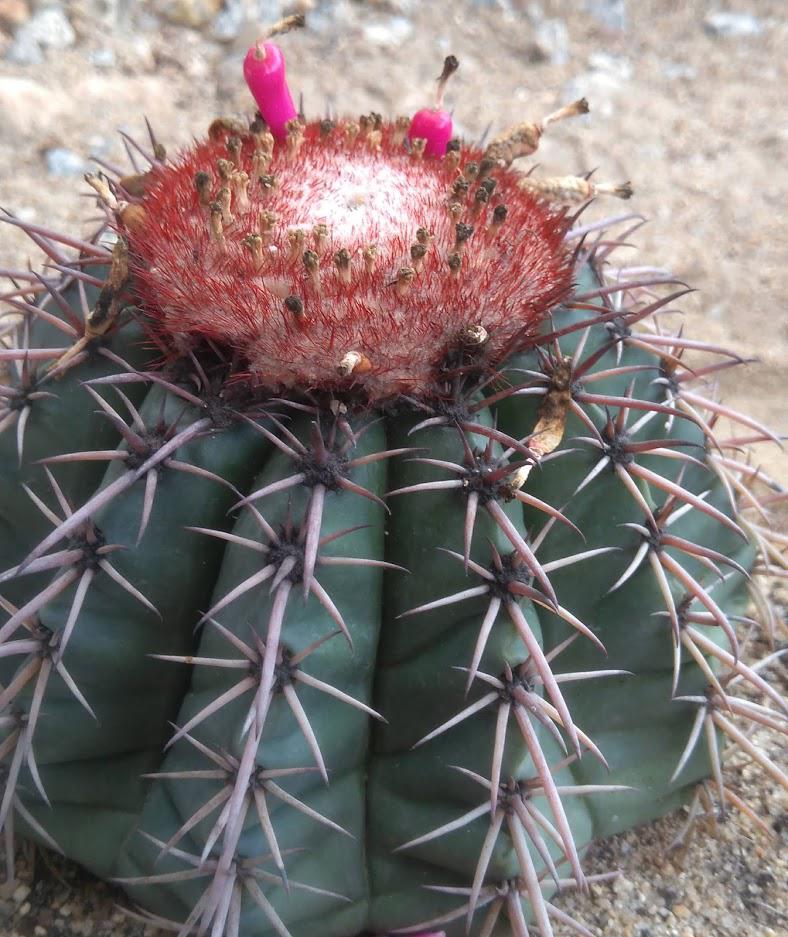Vanessa Gabrielle Nóbrega Gomes
Other projects
10 Feb 2016
Reproductive Ecology of Cacti Species from the Brazilian Chaco: Implications for Conservation
We will evaluate the reproductive ecology aspects, germination and recruitment rates focusing on threatened cacti species to help with future reintroduction of these plants to their natural populations, so they can perform their ecological and evolutionary processes. Through a collaborative project we will also implement the seed collection and seedling banks in order to improve the knowledge about cacti species and highlight the importance of preserving these plants in the Brazilian Caatinga.

Melocactus conoideus (Critically endangered). © Vanessa Gomes.
Nearly 1/3 of all cacti species in the world are at risk of extinction. In Brazil, Cactaceae is one of the 10 most endangered families from the national flora. The main threats are consequences from human activities, habitat destruction, collection activities and ilegal trade of specimens and seeds. Moreover, the species of the family are animal-dependent for cross-pollination and seed production. Therefore, their populations’ performance may be further negatively affected by interrupted biotic interactions due the anthropogenic disturbances.
Cactaceae is one of the most diverse families in the Caatinga biota and supplies important resources (e.g. pollen, nectar and fleshy fruits) to the local fauna. In this region, 32 cacti species are listed as threatened. For efficient conservation of endemic and threatened species, knowledge about reproductive ecology is of prime importance. In spite of high occurrence of endemic cacti species in the Caatinga, some of which are at risk of extinction, there is limited information for most species regarding reproductive phenology, reproductive system, floral biology, pollination, seed dispersal and germination requirements.
In this project we will evaluate reproductive ecology aspects focusing on four endemic and threatened species. The combined knowledge of mutualistic interactions and germination requirements help understand the ecological dynamics of the species involved in these ecological services, which ensure maintenance, function, and conservation of the ecosystem. Such information is a basic tool for the management of natural resources and the conservation of native species, which provide a baseline for conserving overall biodiversity.